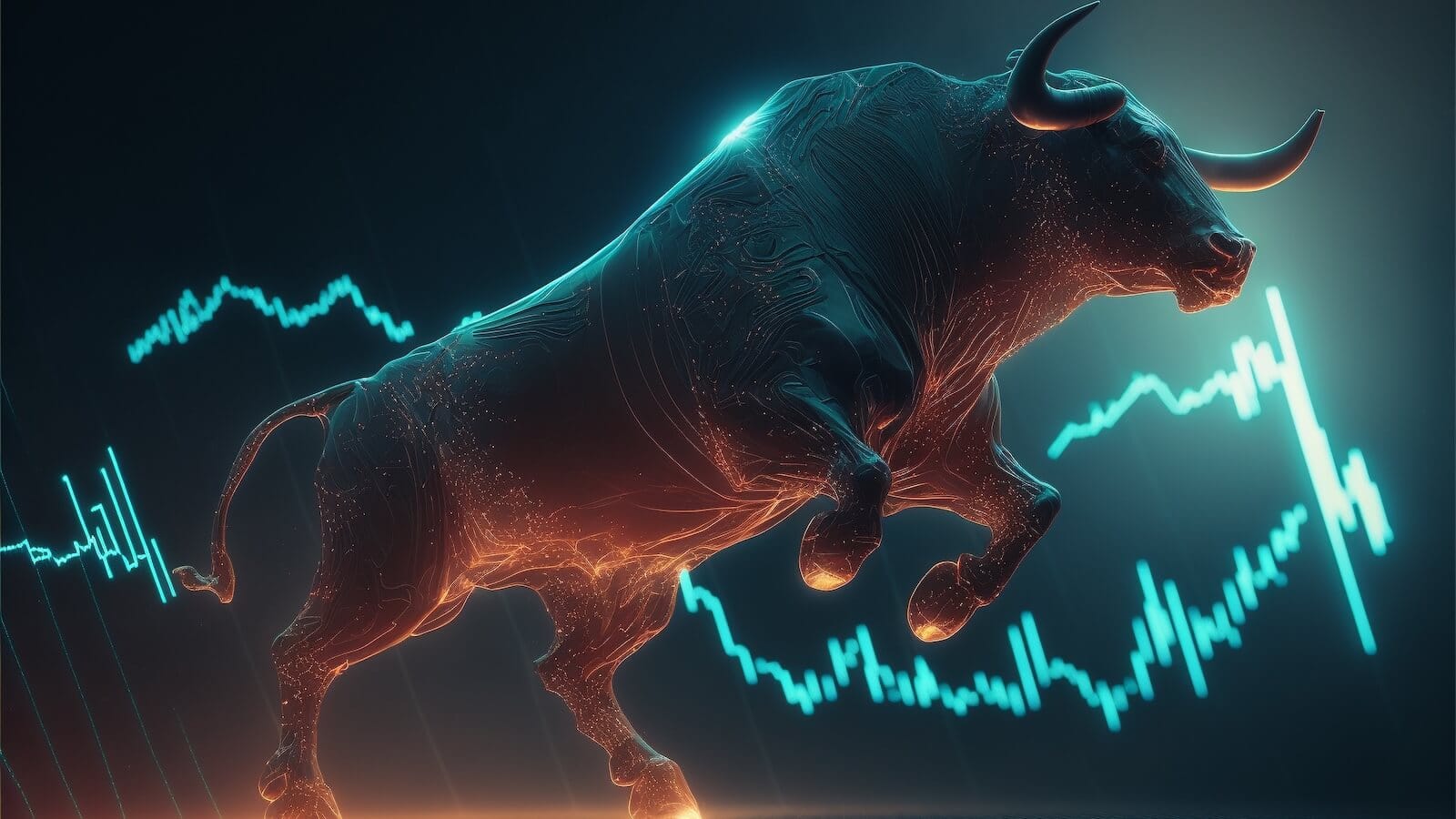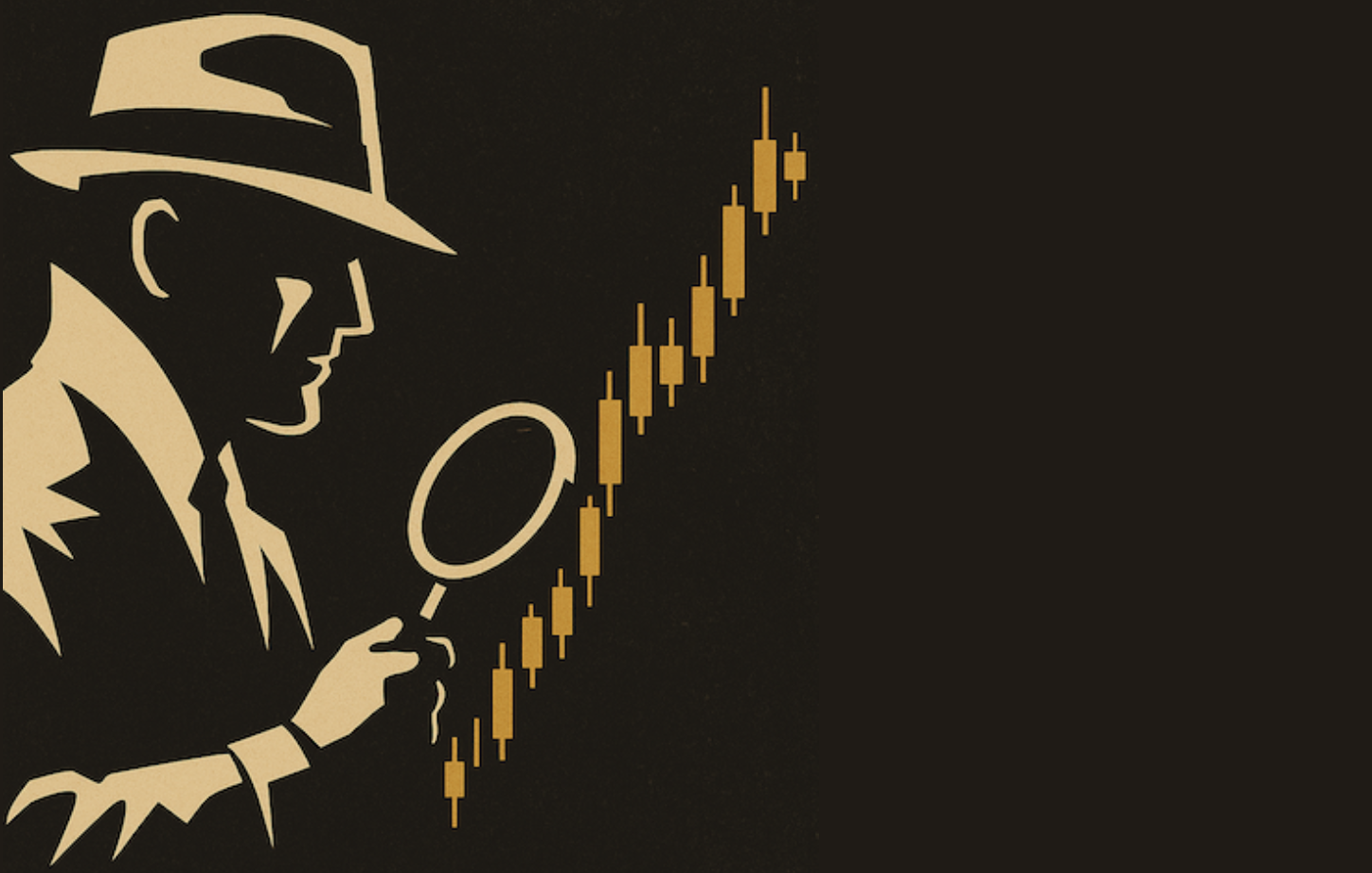COUNT OR NO COUNT, THE UP TREND HOLDS THE TRUMP CARDS -- LONG-TERM WAVE COUNT SHOWS LARGE EXPANDING TRIANGLE FOR $SPX -- ALTERNATIVE COUNT SUGGEST NEW BULL MARKET -- OCTOBER-MARCH ADVANCE LOOKS LIKE WAVE 3 OF WAVE V
COUNT OR NO COUNT, THE TREND HOLDS THE TRUMP CARDS... Link for todays video. There have been a few requests for an Elliott Wave count so this will be the Elliott Wave edition. This is opening Pandoras box because alternative counts and trading biases often come into play when making interpretations. As with all technical analysis, the key is to leave your biases behind and approach the chart with an open mind. There are three possibilities when we look at the charts. We see what we want to see. We see what we think we see. We see what is actually there. The challenge is to see what is actually there.
In my humble opinion, it is vitally important to keep the overall trend in mind when making these counts because trend trumps everything. Cycles, Elliott Wave counts, overbought conditions, volume, potential chart patterns and Fibonacci analysis are all secondary to the underlying trend. I am a Dow Theory type analyst for the most part. Charles Dow theorized that the trend is in force until proven otherwise (reversed). Moreover, neither the length nor the duration of a trend can be forecast. Chartists must simply weigh the evidence, determine the trend and ride it until the evidence turns. Chart 1 shows my 23-Jan bearish count for the S&P 500 (blue dotted line). As noted at the time, this count was dependent on a break below the October trendline. This count did not materialize because the uptrend never actually reversed. Once again, that pesky trend overruled resistance, overbought conditions and the Elliott projection for a Wave C peak around 1350.

(click to view a live version of this chart)
Chart 1
The current uptrend can be defined by the trendline extending up from the October low and the 100-day slope indicator. This trendline is quite steep because the S&P 500 advanced quite far in a relatively short period of time (300 points in 6 months). The trendline currently marks support around 1340. In the indicator window, the 100-day slope turned positive in early December and remains positive. Look for a move into negative territory to suggest that a medium-term downtrend has started.
LONG-TERM WAVE COUNT SHOWS LARGE EXPANDING TRIANGLE FOR SPX... For the next counting attempt, lets first look at the 17 year picture for the S&P 500. Chart 2 shows the index within a large broadening formation since 2000. After the massive bull run from 1992 to 1999, the dotcom bubble burst in 2000 and the S&P 500 embarked on a bear market until March 2003. There have been four big market moves since 2000: two bear markets and two bull markets. We are currently in a bull market as the S&P 500 recently recorded a 52-week high in March 2012. As far as Elliott wave is concerned, this formation could be a massive expanding triangle with five waves (ABCDE). According to Elliott wave guidelines, each of these waves breaks down into three smaller waves (abc). While I am challenged to see three waves within each wave of the expanding triangle, there are clearly some big swings at work and the next target is north of 1500 (Wave D high). Incidentally, the expanding triangle is a continuation pattern. The advance after the Wave E decline is projected to break the prior highs and start a big bull move, similar to the prior big bull move (1992-1999).

(click to view a live version of this chart)
Chart 2
The Wave D target is only valid as long as the current uptrend holds. The trendlines and 52-week slope can be used to define the bull and bear markets of the last 12 years (long-term trends). A downside trendline break and negative slope signal a downtrend, while an upside trendline break and positive slope signal an uptrend. As this chart now stands, SPX is well above the rising trendline and the slope returned to positive territory this year. A break below 1200 would reverse this long-term uptrend. Those wishing to look far ahead should note that a new presidential cycle starts in 2013. Historically, the first two years of a presidents term are the weakest of the four for the stock market.
ALTERNATIVE COUNT SUGGEST NEW BULL MARKET UNDERWAY... The consolidation from 2000 to 2009 could be one big ABC flat. Chart 3 suggests that the advance from 300 to 1500 is an impulse wave. According to this count, the subsequent trading range formed an ABC flat that marks a correction after this huge advance. After Wave C, a new impulse wave is expected to start, which means the advance from the March 2009 low is Wave I of a five wave advance.

(click to view a live version of this chart)
Chart 3
OCTOBER-MARCH ADVANCE LOOKS LIKE WAVE 3 OF WAVE V... Turning to a medium-term wave count, we now have what looks like Wave 3 of V underway. Elliotticians will most likely notice that I have already broken one of the three main rules: Wave 4 cannot overlap Wave 1. However, I really do not see an alternative because Waves I and III break down into clear five wave advances, which makes them impulse waves. Impulse waves are in the direction of the trend to one larger degree and are labeled 1,3 and 5. Corrective waves are against the trend and labeled 2 and 4. Impulse waves subdivide into five waves, while corrective waves form a corrective pattern (zigzag, triangle or flat). The advance from the November low to the March high was clearly strong, which makes it the frontrunner for Wave 3 status. Breaking it down further, it looks like we are in Wave 3 of V. This means we still have a Wave 4 correction and then the famous 5 of V.

(click to view a live version of this chart)
Chart 4
As far as targets are concerned, Elliott rules state that Wave 3 cannot be the shortest. This means the advance in Wave 5 cannot exceed 33%, which was the percentage move for Wave III. A 32% advance from the Wave IV low would target a move to the 1528 area. This would definitely catch the publics attention and set up the psychological conditions and euphoria for a peak. Before moving on, notice that the Percent Price Oscillator (20,100) shows five momentum waves since April 2009. The green boxes show bullish momentum for impulse Waves I, III and V. The red boxes show bearish momentum for corrective Waves II and IV. Momentum officially reverses when PPO (20,100) moves into negative territory. Here are some links to the indicators and terminology discussed above: Elliott Wave primer, Slope indicator and the Percent Price Oscillator










